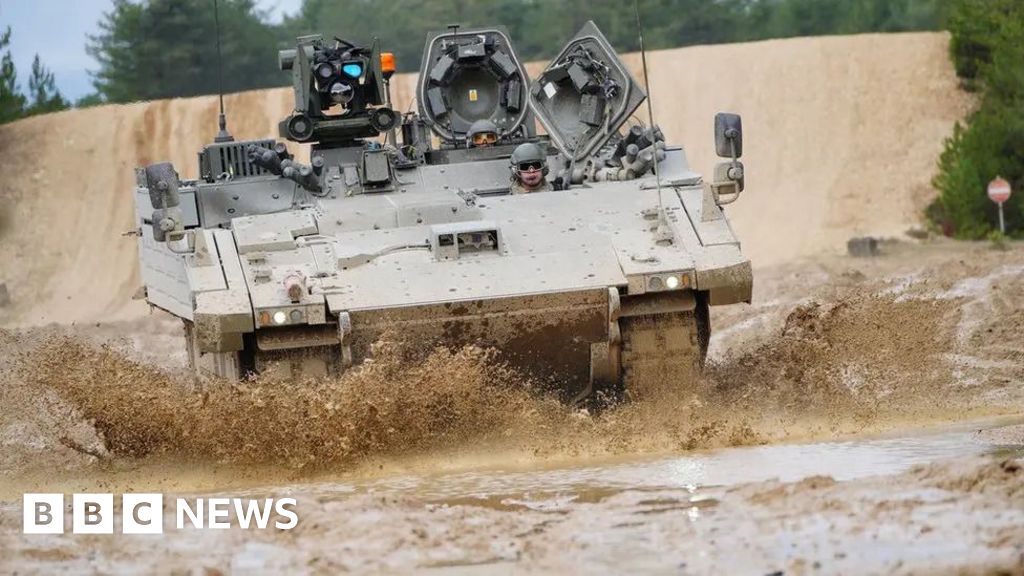The British Army has temporarily suspended the operational use of its controversial Ajax armoured fighting vehicles following reports of soldiers falling ill during recent training exercises.
Approximately 30 personnel experienced symptoms related to noise and vibration exposure, with some suffering severe reactions including vomiting and uncontrollable shaking, according to reports from a weekend exercise on Salisbury Plain.
Ajax Programme Under Renewed Scrutiny
This latest setback for the multi-billion-pound programme has prompted the Ministry of Defence (MoD) to initiate an immediate two-week pause on all Ajax training and exercising, citing an "abundance of caution." While a small number of personnel are still receiving medical attention, the vast majority have been cleared for duty. Limited vehicle testing will continue in an effort to identify and resolve underlying issues.
History of Delays and Issues
The Ajax vehicles, manufactured in Merthyr Tydfil by General Dynamics, are part of a £6.3 billion acquisition programme that has been plagued by significant delays. Initially slated for service in 2019, the project has a history of soldiers being injured due to noise and vibration issues during testing. A comprehensive 2023 review identified "systemic, cultural and institutional problems" within the MoD and "errors of judgment" in the Ajax project's management.
Ministerial Confidence vs. Reality
Despite these persistent challenges, Defence Minister Luke Pollard had recently expressed confidence in the programme. Speaking in November, he stated that the Ajax had achieved "initial operating capability" and was considered the "most advanced medium-weight armoured fighting vehicle on the planet." He also suggested strong NATO interest in purchasing the vehicles.
With over 160 of the intended 589 vehicles already built, the programme faces continued scrutiny. Full operational capacity was previously estimated to be four years away, a timeline now potentially impacted by this latest investigation. The Ajax fleet is intended to replace the Army's aging CVR(T) vehicles, which have been in service since 1971.







